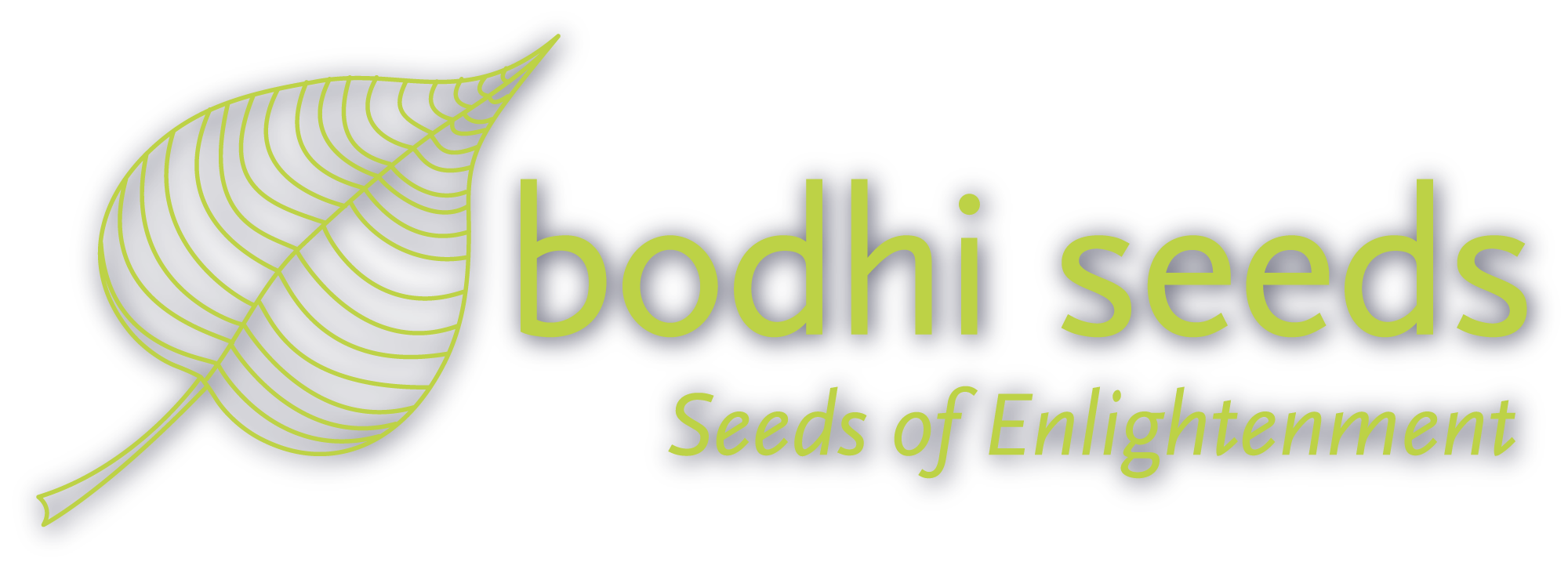|
This recommendation is really the culmination of all the talks that we had with all the interested people at Rumtek Monastery as well as the observations that we were so fortunate to experience when we opened the dispensary in the monastery to see who would come and with what needs. We were grateful to have been able to relieve some of the illness. The monks let us know that they were very happy that plans were in motion to set up a clinic. And, we were very inspired with the intent and energy that was behind the continuation of meeting these goals.
OVERALL VIEW OF VISIT TO RUMTEK March 21, 2010 By Don Ross and Susan Kirchoff We visited rumtek Monastery between the dates of March 4-22, 2010 to offer assistance in starting a western medical clinic. We saw approximately 60 patients, ages 18 months to 96 years old. In being here during this season, we were not present during the rainy season that brings diarrheal disease or winter with the increase in respiratory illness. We found that the monks in the late adolescent to middle age appear to be on the whole quite healthy, with the exception of probable GERD or dyspepsia and sinusitis. Older monks, older villagers, and pre-adolescent children and toddlers appear to have a variety of illnesses. Children suffered with respiratory infections, ear infections, infected abrasions from trauma, high fever, vomiting (measles prodrome), ringworm of the head and body, impetigo, carbuncle, scabies and eye trauma. The youngest village children seem to be in the midst of a measles outbreak. These children had very high fevers, as high as 40.2 C. We could not determine whether children were de-wormed or vaccinated for DPT, polio, Hepatits B, BCG or MRM. In the older population of monks and villagers, we saw a high prevalence of hypertension. Some were on medication, some were not. In either case, we could not determine whether or not these people had adequate follow up in order to prevent the consequences of hypertension which include stroke and heart disease. Though we saw some cases of very high blood pressure, there were no instances of milgnant hypertension which required immediate treatment. The very elderly villagers varied in well being. We saw one instance of Stage 4 skin ulcer and another who at 96 was alert and ambulatory despite osteoarthritis. The elderly we saw presented withmultiple joint pain, constipation, decreased vision, but on the whole very healthy. One monk presented with congestive heart failure. Dental disease was prevalent. We saw many with dental caries and several with dental abscesses which required urgent dental intervention. We understand that there are cases of multi-drug resistant tuberculosis being treated at the monastery, but we did not see these monks and could not ascertain their compliance. Though we expected the prevalence of diabetes to be high, we did not record any patients who had the disease. Similarly, we expected to find anemia, especially amongst the villagers and possibly in the monastic population because of vegetarian diets, but could not ascertain whether this was a problem. We also expected to see thyroid disease, but saw no clinical evidence of this. All of these conclusions are based only on clinical findings as we had nolaboratory and lacked proper instruments. RECOMMENDATIONS CHECK LIST AND SUGGESTED TIME LINE
NURSE’S ROLE
Comments are closed.
|
ARCHIVES
July 2017
CATEGORIES
All
|


 RSS Feed
RSS Feed
